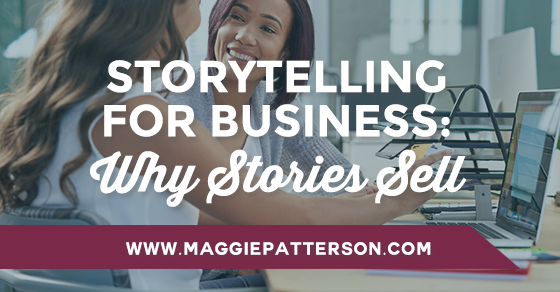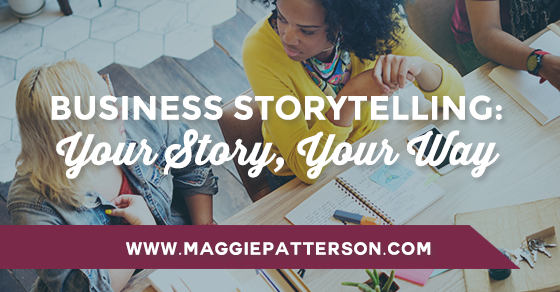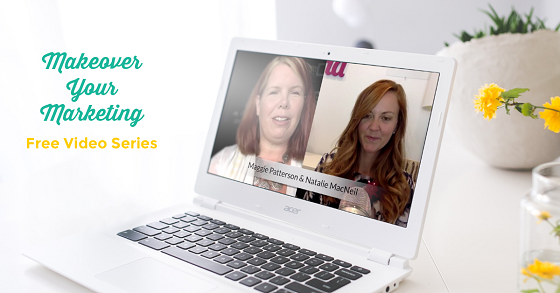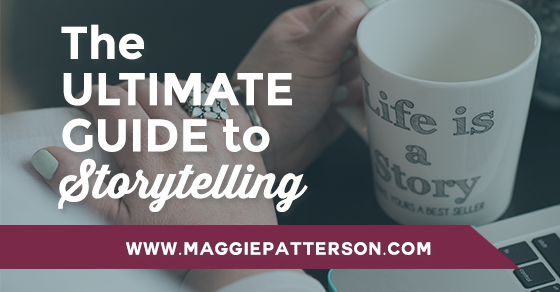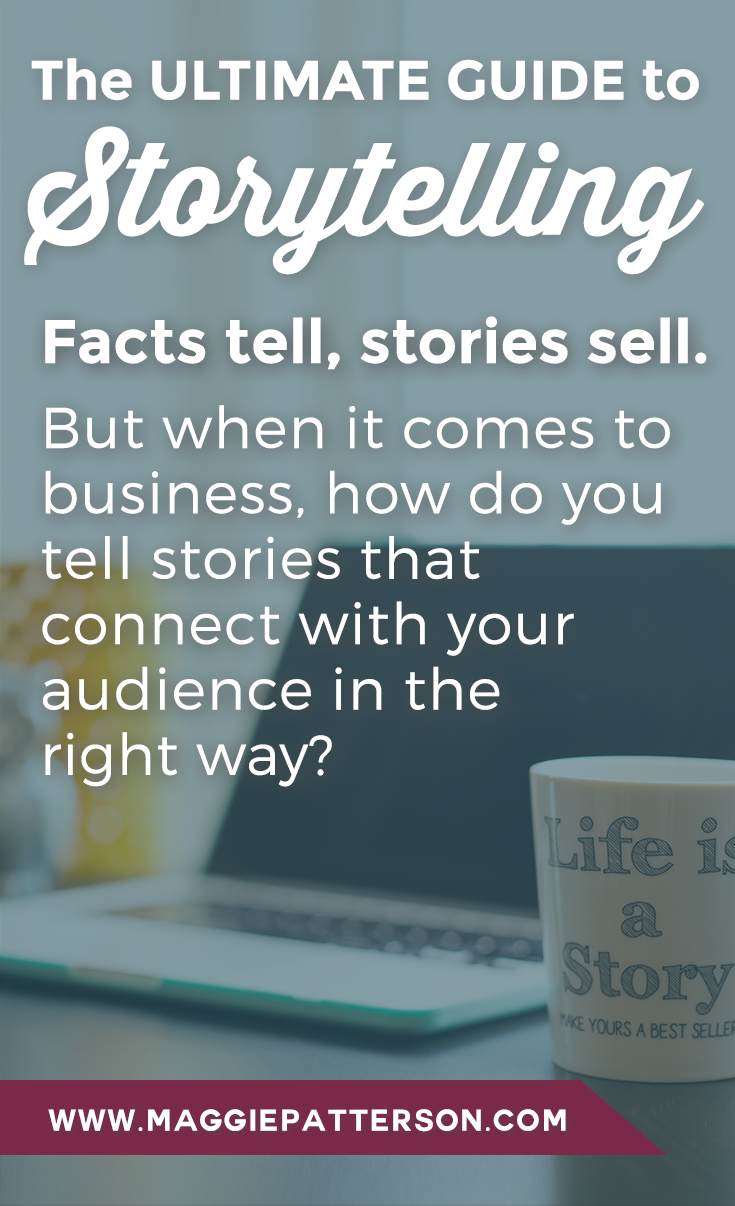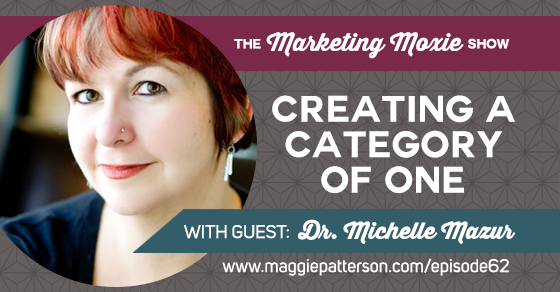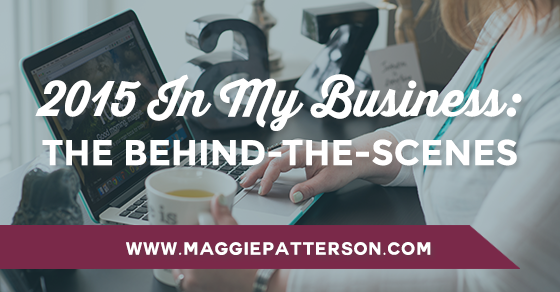
Remember the E! True Hollywood Story?
Confession: This is one of my all-time favorite shows. What could be more enticing than the behind-the-scenes on a celebrity who seems like a mystery? (And if you don’t know this show, it’s a full hour on a celebrity’s backstory, including interviews with whomever they can dig up.)
It’s the exact same reason that I adore celebrity gossip blind items, VH-1 Behind the Music, A&E Biography, pithy articles in Vanity Fair and the Startup or Serial podcasts.
The idea of getting behind-the-scenes on pretty much anything is completely irresistible to me. Especially when it comes to business. Which is why I’m going to give you the nitty gritty on what went down in my business, and a bit of my life, in 2015.
The real-life what’s-working-now is how I tend to learn, and I appreciate transparency in a world of ever evolving hyped up success stories, unrealistic claims and really ridiculous marketing tactics.
So, here we go…
What Worked This Year
A lot of things worked this year, so I’ll spare you a detailed accounting, but here are some of the highlights that helped grow my business.
1. Creating Space
My word of the year was space, and honestly, I had no idea exactly what that would look like, but I knew it needed to happen.
At the beginning of the year, I was running two businesses on top of this one: a training business for teachers/demonstrators in the papercrafting industry, and a business teaching papercrafting and selling supplies. Both came out of my inability to stay still for very long which meant I turned my hobby into a successful business, and then seeing even more opportunity.
Even though I loved those businesses wholeheartedly, something had to give. The number of hours I was working was ever increasing, and I need to give myself space, so I handed over the training business to my trusty partner and then wrapped up my other business.
Not going to lie, this was a hard decision. I was walking away from a passion project that was profitable, along with a business partner and literally hundreds of customers I adored.
Much ugly crying and planning later, by mid-year, I was wrapped up. The hard decision was the right decision and this was the first time in a long time that I didn’t work all Summer, and my brain wasn’t on hyperdrive.
2. One Big Launch + Program
My name is Maggie and I have a launching problem. Before this year, I was perpetually launching.
Why? I’m all about new ideas. My primary Fascination advantage is Innovation, so I sort of can’t help it. Ideas flow easily and quickly all. the. time.
But when I started this year, my team and I committed to one program launch in September. My coach Natalie MacNeil held me to that all year long.
As a result, we were able to launch without a major meltdown or burn out. The worst thing that happened during the launch was a cart close email with the wrong subject line, but that was truly it. We were able to pull it off with lots of planning and preparation starting in February.
Along with the launch was creating the program itself (hello, nothing passive about this, I probably spent over 100 hours writing/recording course content) and then running it. In this first round we had 23 students, and I was seriously blown away by seeing them in the program, doing the work and making small wins every week.
Now, a lot of the work is done and when we open up the doors to the Inside Scoop Academy in January, we can focus on making the launch even better and most of all, taking care of our students in a big way.
3. Doubling Up Our Team + Revenue
When I basically started this business fresh in 2014, I had no idea what was going to happen, just that I was going to make my vision work.
Nearly two full years later, that vision has resulted in significant growth. Growth in our team going from a team of 4 of us in early 2015, to a team of 9 now in December. As client needs have emerged, we’ve been able to strategically add to our team and hire the right contractors to help me grow.
Back in 2014, if you told me the team would be 9 people I would have laughed my ass off. But here we are! 2016 is going to be a year of optimizing our existing team, adding some full-time hires and shifting my role so I’m not the chief cook and bottlewasher on all client accounts.
As the team has doubled, so has year-over-year revenue. We’re more than double last year’s revenue and that’s without year end numbers. It’s the biggest year in my business ever. Think of it as an overnight success story that has been in the making for over 10 years.
That’s not to say my take-home is doubling…because growth requires investment, and that’s a strategic choice I’m making now for the future. It may not be the best choice for every business, but it’s the right one to help fuel the future.
4. Marketing Growth
A lot of what we started in 2014 was status quo this year with the podcast and the blog, newsletters and list building.
To support this, we focused more and more on social media this year which has been way more consistent, and we’ve focused increasingly on LinkedIn, Pinterest and Instagram. So far, Pinterest is driving quality traffic to the site that convert well (outpacing Twitter and often Facebook), while Instagram is one big experiment at this point. LinkedIn isn’t driving traffic at all to my site, but it is driving opt-ins as we’ve been publishing original content on the platform, and more than 50% of our posts have been featured on the site’s Pulse section.
Facebook ads were a big win this year, especially the Launch Tools and Tech opt-in that we ran this Fall. We were able to add over 1500 subscribers in two months with this checklist. This is definitely the direct product of the willingness to experiment and what could only be termed as a complete shit show over the Summer including: very expensive mistakes, a pixel that was behaving badly, a Leadpage that was utterly possessed and much more.
If you’re going to focus on ads, be prepared to lose money as you figure it all out. Or get help. Don’t be a DIYer like I was as you learn the ropes.
Most of all, a big win with marketing was an upleveling in overall branding with our designer, Amanda Genther, as well as getting everything we do super systematized and consistent.
What Didn’t Work
This gig isn’t for the weak. Failure is part of the game, and every single time you fail it’s a great lesson for the future. Here are some of my fails this year:
1. The Trademark Debacle
We started planning the Inside Scoop Academy in February, so you’d think by the time we started branding in May that we would have everything squared away with the name in time.
Nope. The day before I needed to finalize the name for the logo design, I had a short list. I ended up going with the No B.S. Marketing School. Which was right on brand, but I missed a super important step for a course with this level of brand investment and intellectual property involved – filing the trademark.
We went ahead and I was in blissful ignorance as we launched. Once things settled down and the course started, I got in touch with a Trademark Attorney.
After an exhaustive trademark search, the amazing Patrice Perkins told me I really shouldn’t use No B.S. Marketing as it was registered and not something that I would likely be able to secure.
This was literally on week two of my program. Branding and launch completed. So I had to hustle to find a new name. The first few of which weren’t going to cut it, so we finally settled on Inside Scoop Academy.
But, this meant time and money had to be sunk into redoing existing worksheets, video intros and more while the program was running. Then we had to move the site to a new domain. (Props to my team for making this SO much simpler, even if it was annoying as all get out!)
Lesson learned. First step is the name then the trademark before you do anything else.
Rookie mistake and won’t happen again. And don’t assume anything. Learn how trademarks work before you get too far in and have built brand equity in your product or service.
2. Monthly Behind-the-Scenes Posts
In March I had the big idea to do a monthly post on a behind-the-scenes in my marketing called the Lab Report.
Amazing idea. But I did exactly one lab report.
Why? They were WAY more work than I realized going in. Screenshots, videos, how-tos and more were needed to back up what I was talking about.
It bothered me not to execute on something I’d publicly declared and it’s been nagging at me since May. But, I’m going to consider this as an idea that was put on pause and that we can look at bringing back in 2016.
3. Client Experience
If you run a services-based business with any type of volume, there are going to be situations where a client isn’t 100% happy.
It happens to all of us. I wanted to share this as I did have a couple of these situations in 2015, and all you can do is choose to learn from it.
I do pride myself on trying to make the situation right by being fair and honest. But sometimes, it’s not going to matter what you do. Things are going to go off the rails to the point where you need to walk away and practice kind, but firm, boundaries.
I pride myself on client experience, so when these rare instances do happen, this hurts my heart. My business is personal, so I take it personally. Which means it crushes my confidence in more ways than I can possibly count, but I also know that if I let these situations define me or my business, then I’m not going to be able to help the 99.9% of clients that are delighted.
All you can do it make it right. Be fair and act with integrity. That’s it. Because in the words of Dr. Phil, “you can’t win against crazy.” Sometimes you’re going to need to agree to disagree and move on.
(Whoa, that was hard to write, but it helps you think about how you can better handle these situations, and to not let them break you.)
My question every single time these situations arise is how can we improve on what we’re doing to make things better. To stop SNAFUs before they can happen.
The lesson for me? A number of my services will be restructured with more specific timelines and deliverables, as well as setting clearer client expectations in writing. I’m thankful for the not-so-great moments, because I think these packages and how they are structured are going to be amazing.
What’s Next?
Well, I’m glad you asked. A fresh new year is about to begin, so of course, there’s awesome things brewing. Some big, some little, but all amazingly good.
1. Introducing Scoop Industries
But let’s start with the big one. My business is changing, and I couldn’t be more excited. As of January 5th, all my services (and products) will be offered through a new agency called Scoop Industries.
I’ve teamed up with my friend and Operations Director for the past 2 years, Brittany Becher, to co-found this new company. It’s literally been in the works for 11 months as we carefully planned and plotted every week.
Both of us come from an agency background, and we realized that for us to scale our respective businesses, we needed a different type of structure, and quite frankly, we didn’t want to build something bigger flying solo.
Scoop will focus on digital marketing for small businesses. We’ll be continuing to offer strategy, content/copy, tech and other services, and more products like Inside Scoop Academy will be developed over time.
So, what does this mean for you, my clients and community of listeners and readers? Here’s a rundown:
The Marketing Moxie show will continue in 2016 and I’ve committed to another season focused on What’s Working Now of at least 12 episodes.
This blog will continue with two blog posts a month focused on a mix of business and more with a personal twist. Less tips and tricks, more deep thoughts, snark, sass and business goodness. It will become a little showcase for what I’m thinking and seeing in the industry called Maggie, Unlimited.
Scoop will have a twice weekly blog completely jam-packed with digital marketing, behind-the-scenes on what we’re learning from our clients and more. Plus, we’ll be adding a podcast in the first half of the year.
As for newsletters, you’ll still get The Scoop on Thursdays in your inbox curating ALL of this content, as well as things we’re diggin’, smart articles and much more.
2. Working my Ass Off for a Book + Publishing Deal
My big push project for this quarter has been writing a book proposal for my digital marketing focused book for female entrepreneurs.
This is one scary mofo project.
Even writing about this here on the blog scares the ever lovin’ shit out of me. The goal to get a book traditionally published is the stuff my little 8 year-old Maggie dreamt of and pushing towards it is alternately exhilarating and terrifying. (Excuse me while I curb the urge to vomit as I write this.)
Right now, I’m in the process of pitching agents to find representation for this book. I’ve had some rejections and some agents quickly respond to take the proposal, but this is a long way from done. Which is why I’m putting this as a key goal for the coming year to get the agent lined up, a publishing deal and then the book written.
Ambitious? Completely. But if I’m in, I’m ALL in. (And if you happen to be an literary agent representing non-fiction writers reading this, I’d be happy to send you my proposal – it’s kinda awesome.)
I’ll keep you posted. Because any way you slice it, this is going to happen no matter what. Done deal. Coming to your local book store soon.
3. Family + Personal Time
2016 is going to be a year of expansive growth personally and professionally, so I’m making a renewed, conscious effort to focus on having a life.
That may make you laugh, or you may feel me 100%. But when you’re working so hard, it’s easy to let having a life slide.
And remember the theme for the year being space? Things at home have lined up completely magically with shift changes for my husband and more free time than ever before. (That’s a full blog post for the new year!)
This concludes my very own business edition of the E! True Hollywood Story, Maggie style.
If you’ve read this far, thank you. This is is the longest post I’ve ever written but I hope you’ve found a nugget or something in here that’s useful for your journey. Wishing you all the best for 2016.


